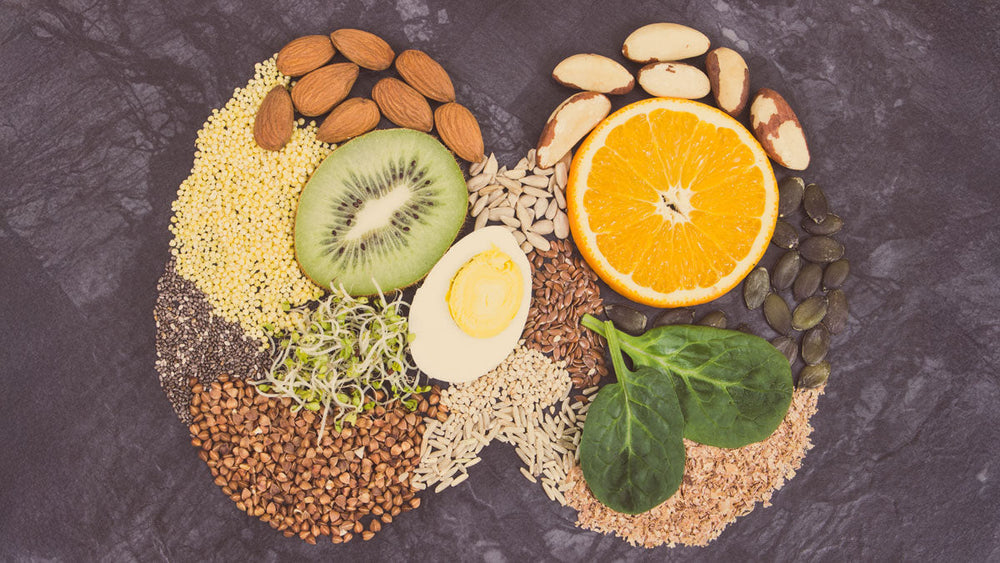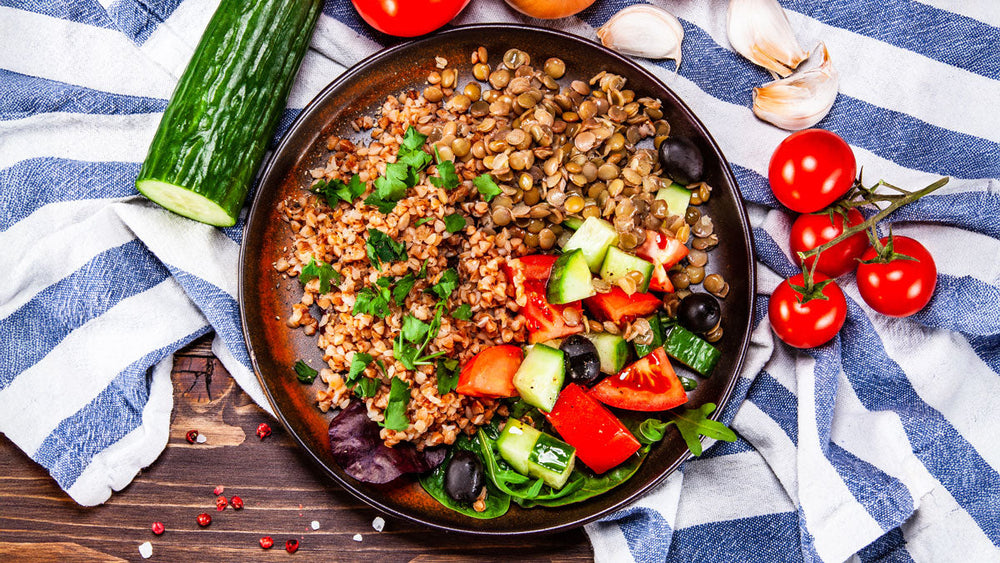Have you found yourself on the couch, settling in for your favorite feel-good movie and the snacks start calling you?
It’s like without even thinking, you grab the chips, popcorn, chocolate, or some other munchie. It’s mindless.
The Cambridge Dictionary defines mindful as 1) giving attention (to) and 2) deliberately aware of your body, mind, and feelings in the present moment, in order to create a feeling of calm. When applying this to eating, it is about being in tune with our hunger cues, and the choices we make regarding what to eat.
How to Be Mindful
When it comes to eating, what can we do to be mindful? Awareness is first, then intention. What does that look like? Here are things to consider:
- Am I actually hungry?
- Why am I craving this?
- How’s my blood sugar?
- What’s my mood like?
- Am I bored?
These questions can give us some insight into our eating habits, just bringing awareness. Next, decide. Be intentional and choose what you eat. If you choose the chocolate fully aware, good for you. You’ve done it mindfully. From this place, you can increase your healthy choices. You don’t need to be perfect.
I like the “70-20-10” rule. This is how I mindfully choose my “usual-occasional-rare” foods. I am mindful and give myself permission to intentionally indulge sometimes. Another key aspect is to eat with the season.
“Mindful eating is about awareness. When you eat mindfully, you slow down, pay attention to the food you’re eating, and savor every bite.” ~Susan Albers
Eating with the Season
Fall/winter foods are cozy, hearty, and warm. Seasonal, local foods are always the best foods to eat now. Our body has its own internal rhythm. We intuitively know the foods that will serve us best. Learning to listen to our intuition gets away from us as we age. Take some lessons from kids; they naturally tune in to what they want, or what their body tells them they need. (Sometimes they act out, but you get what I mean.)
What are some healthy foods for fall/winter? First, check to find what you can get locally. Local food is particularly good because the food lives where you live thus exposed to what you are exposed to. That brings an additional health benefit.
Here’s a short list of Low FODMAP fall/winter foods:
- Cabbage
- Carrot
- Green beans
- Kale
- Kiwifruit
- Leeks (green part only)
- Lime
- Parsnips
- Pineapple
- Potato (white)
- Radish
- Rutabaga
- Spinach
- Swiss chard
- Turnip
Incorporate these into hearty stews, soups, and other dishes. These dishes create a warming and grounding effect in our bodies. Perfect for the cold months ahead.
Be Present
Lastly, mindful eating involves being present. Pay attention not only to what you are eating but also to how you are experiencing it, sensually and without judgment. Mindful eating leads to greater pleasure in eating, more satisfaction, and even better mental well-being.
Pause and appreciate your food and what it took to bring the meal to your table. Incorporate all your senses as you savor the meal: the aroma, the colors, the textures, the tastes, and the sounds involved in cooking and enjoying your meal. Most of all ENJOY! Bon appetit!
I see you, and YOU are beautiful!
- Mindful. MINDFUL | definition in the Cambridge English Dictionary. (n.d.). Retrieved November 30, 2022.
- Harvard Health Publishing. (2016, January 16). 8 steps to mindful eating - Harvard Health. Harvard Health; Harvard Health.
- Nelson, J. B. (2017). Mindful Eating: The Art of Presence While You Eat. Diabetes Spectrum, 30(3), 171–174.
- Seasonal Produce Guide. (2019). SNAP Education Connection; US Department of Agriculture.




















Comments
Join The Conversation...